
Edward S. Curtis was feeling restless. He needed a new challenge.
His chance came in the summer of 1898 when his friend George Bird Grinell wrote to see if he would like to go with him to the Piegan Reservation in Montana near the Canadian border. Curtis took the train to Browning, Montana, and then switched to horseback. He and Grinell rode across a plateau to a high cliff, where they looked down on an enormous circle – nearly a mile wide – of tipis. Thousands of Bloos, Blackfeet, and Algonquin Indians were meeting to celebrate the Sun Dance, a complex ritual of Thanksgiving and prayers for spiritual strength for the individual and the tribe.
Grinell told Curtis to take a good look. He doubted that either of them would ever be lucky enough to see such a large assembly again.
“The sight of that great encampment of prairie Indians was unforgettable,” Curtis wrote. “Neither house nor fence marred the landscape. The broad, undulating prairie stretching toward the little Rockies, miles to the West, was carpeted with tipis.”
Whites had outlawed the Sun Dance, not understanding its true significance. Curtis, who witnessed the ceremony for the first time, called it “wild, terrifying, and elaborately mysterious.”
On another trip a few years later, Curtis witnessed the Sun Dance performed by the Arikara, another tribe of the plains; that time he described it in detail. The ceremony was initiated when an individual or the entire tribe wished to appeal for spiritual strength or to promote virtue. When a man decided to give this dance, he first went among the people of the village and asked for arrows. These were purified by the priest of the ceremony and used for a special buffalo hunt. When a buffalo was killed, it was ceremonially butchered and the skin was prepared for the ceremony.
Next, four special warriors were selected to locate a strait tree with a forked top. The entire village, with everyone wearing his or her finest clothing, traveled to see the tree and watch it being cut. After the lower branches were trimmed, young men lifted the heavy green pole and carried it to the center of the village. Young women gathered bundles of willows to create a shelter in which the Sun Dance would be held.
After purification ceremonies in a sweat bath, the priest and his assistants prepared the pole. Branches from chokeberry were tied to the ceremonial pole to represent an eagle’s nest. From this was hung the buffalo skin, head downward, “so that the spirit of the buffalo might look down and impart its strength to the dancers.’ As the pole was raised and fitted into a special hole, a dancer with an eagle-bone whistle moved his arms like an eagle.
Dancing, singing, and praying continue around the pole. The climax of the ceremony took place on the last two days. Curtis wrote:
“On the morning of the third day, such participants as wished to do so went to different places on the prairie, where each individual was pierced through the muscles of his back by an old man previously engaged by him for that purpose. Skewers were inserted, and to them were tied with thongs a number of buffalo-skins. The sacrificer, moaning and crying out, then dropped the skins into the dance-lodge, around the village, and back to the starting point, where his sponsor withdrew the skewers … About noon of the fourth day the priest … stood opposite the pole. Such dancers as remained steeled themselves for their final effort of endurance. Joining hands as the priest waved his buffalo-tail fan about his head as a signal, they ran around the pole, each until he fainted from sheer exhaustion.”
Curtis, For Strength and Vision, 1907

When the dancers revived, they described their visions, which were considered very important.
- Laurie Lawlor, from Shadow Catcher: The Life and Work of Edward S. Curtis

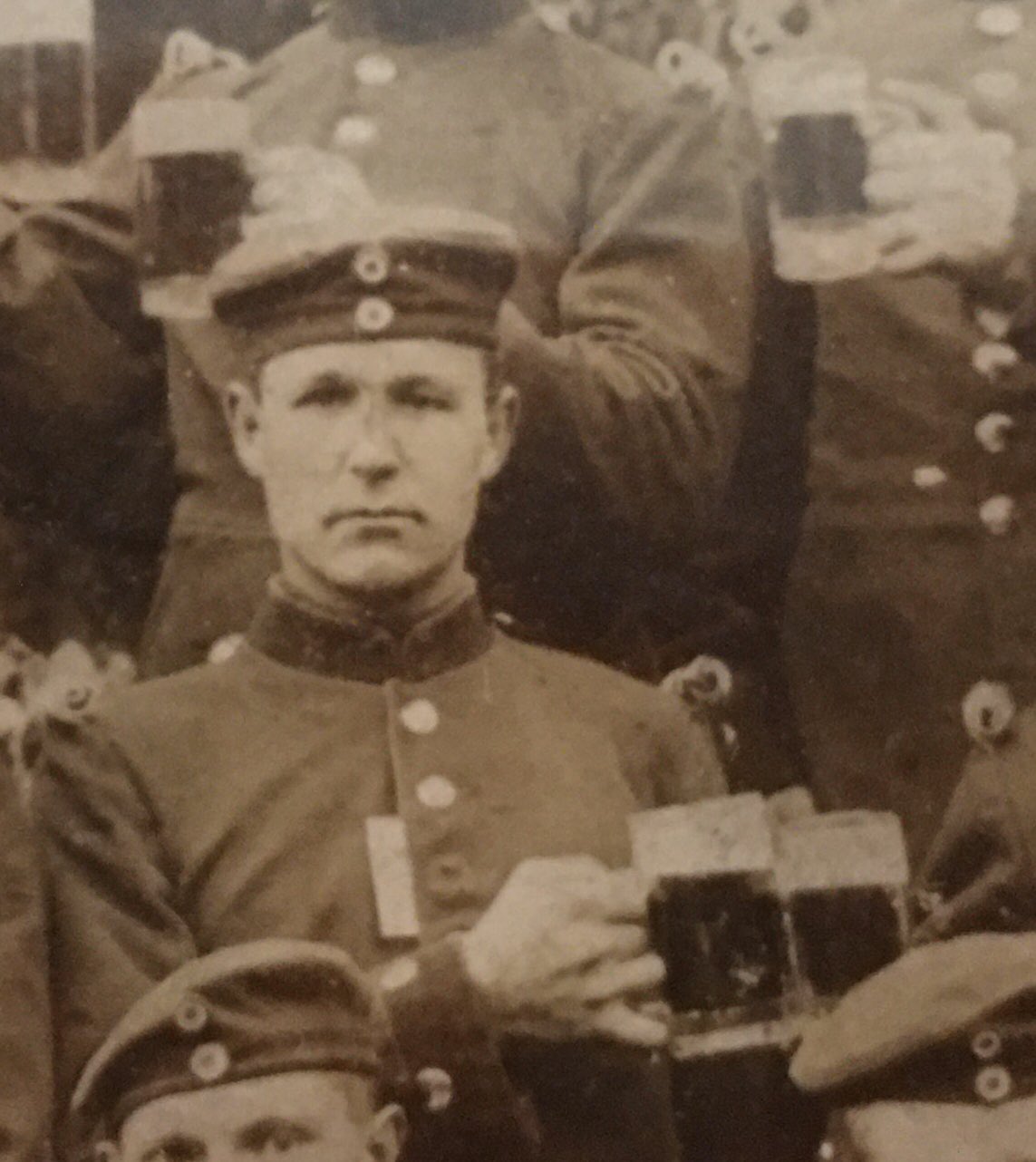







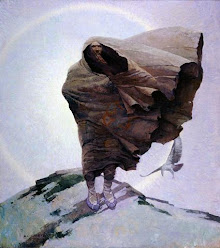













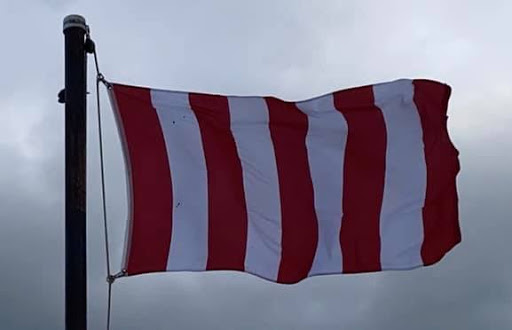
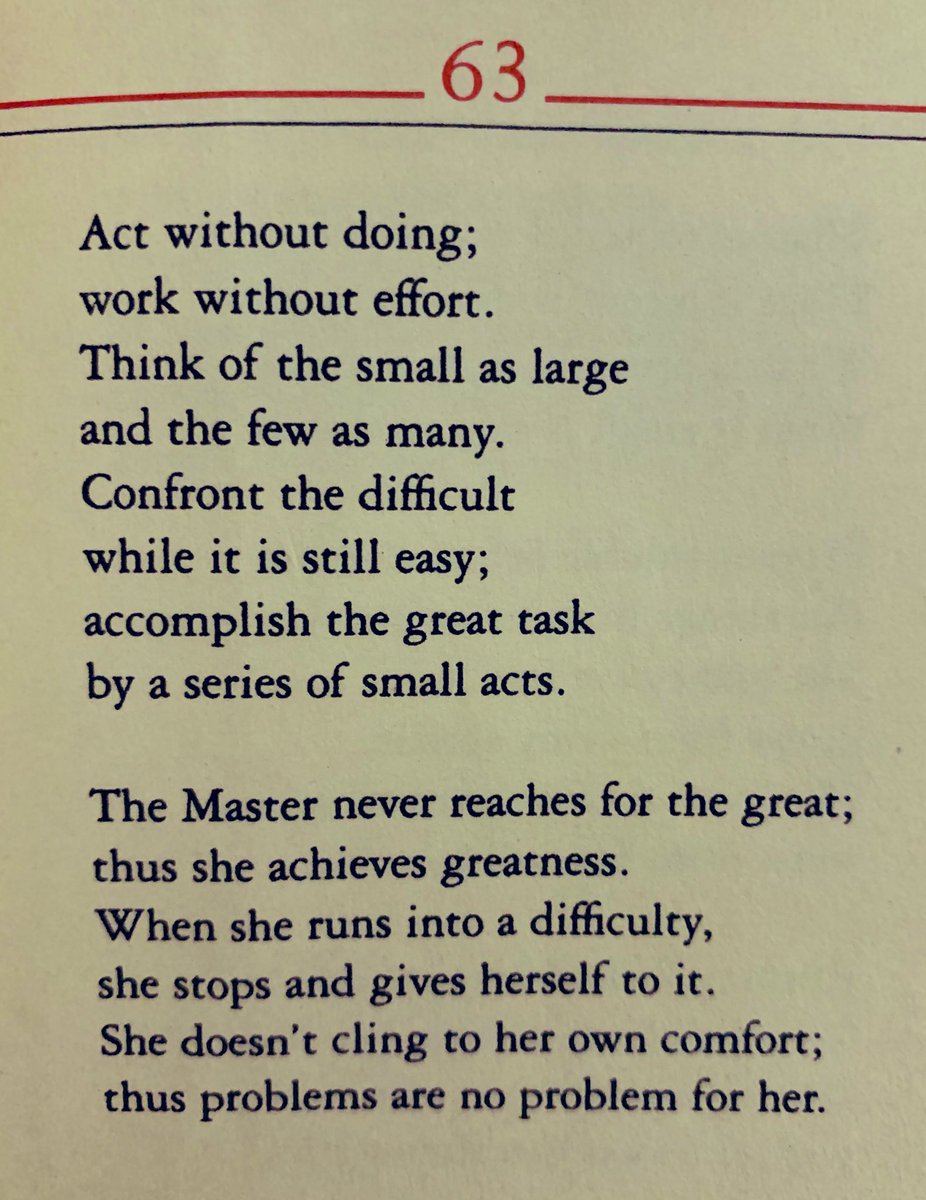









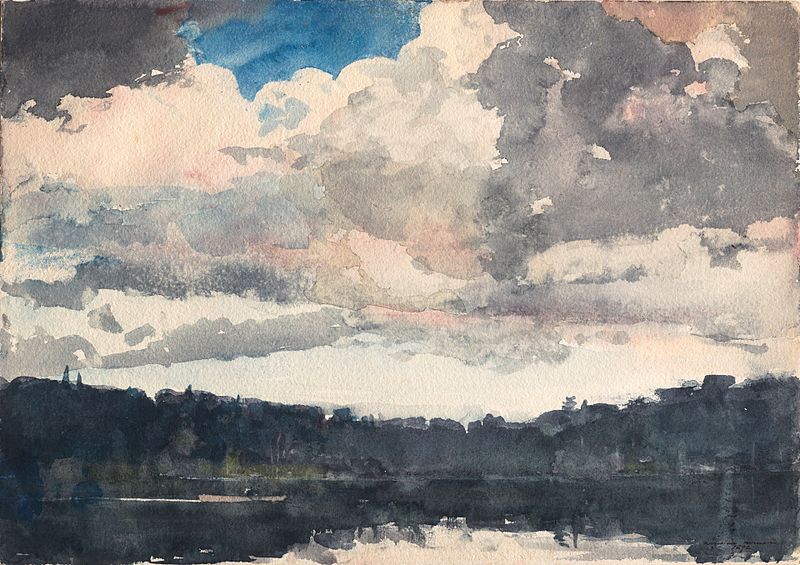





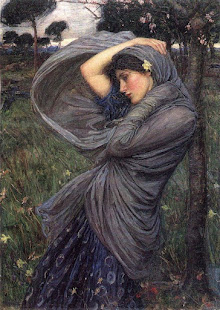












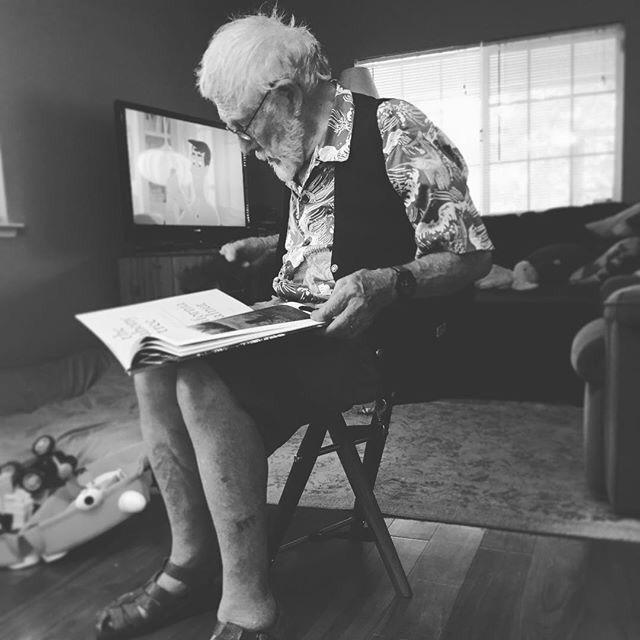

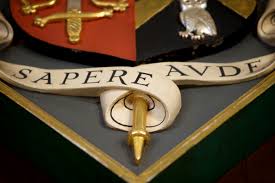






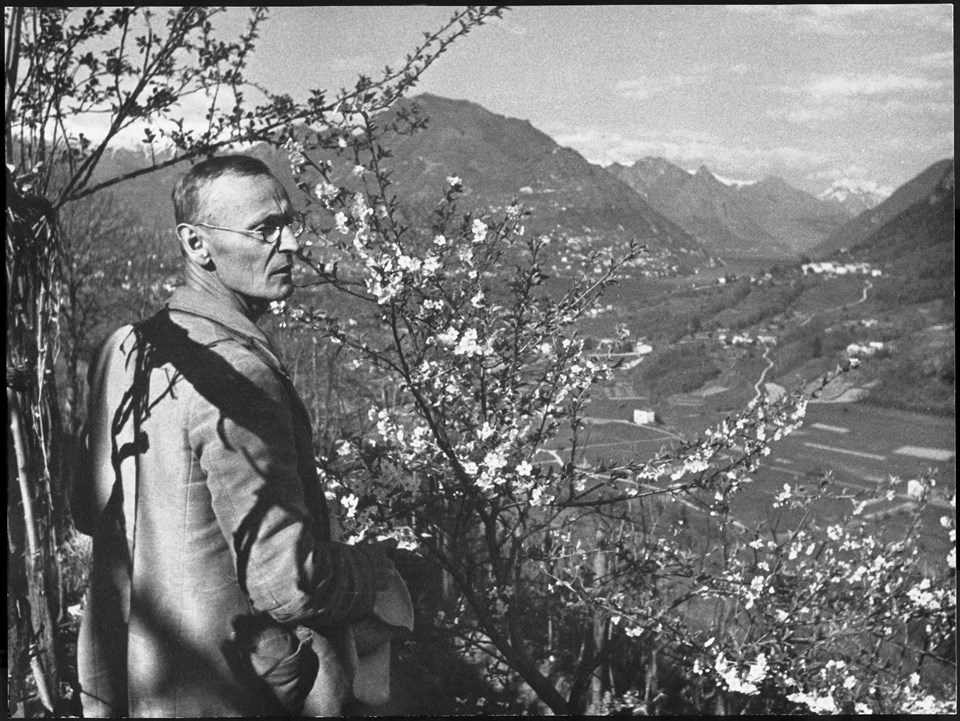


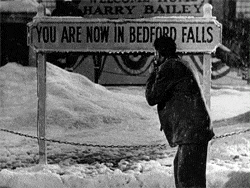







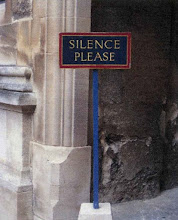









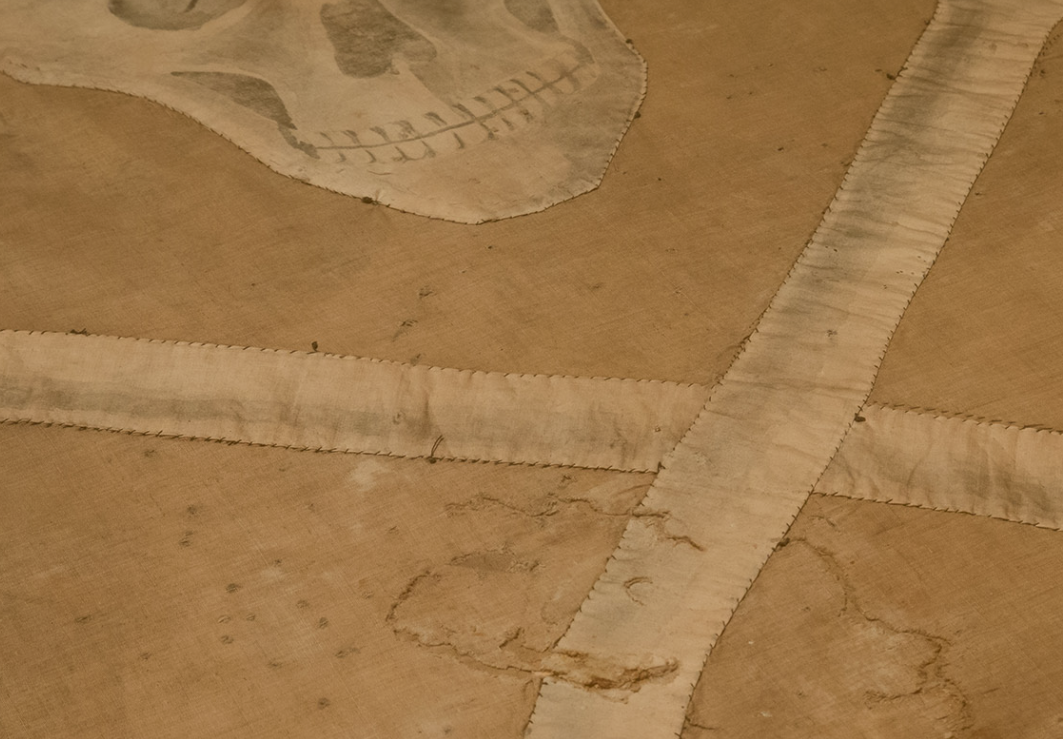

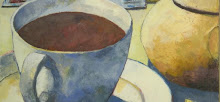
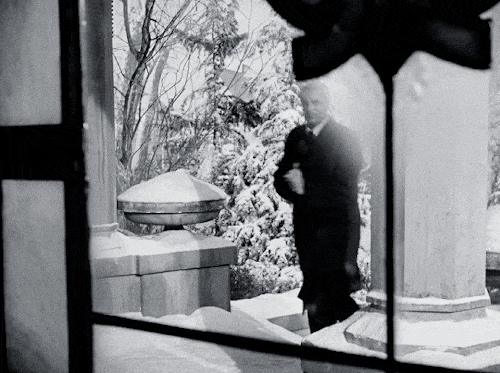


















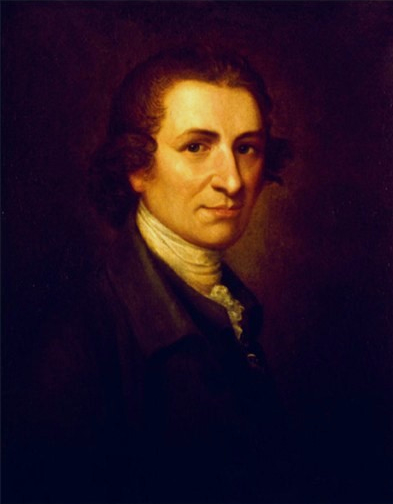


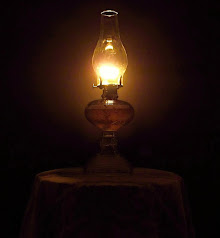



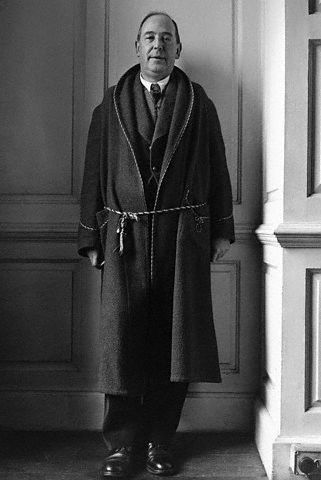



No comments:
Post a Comment